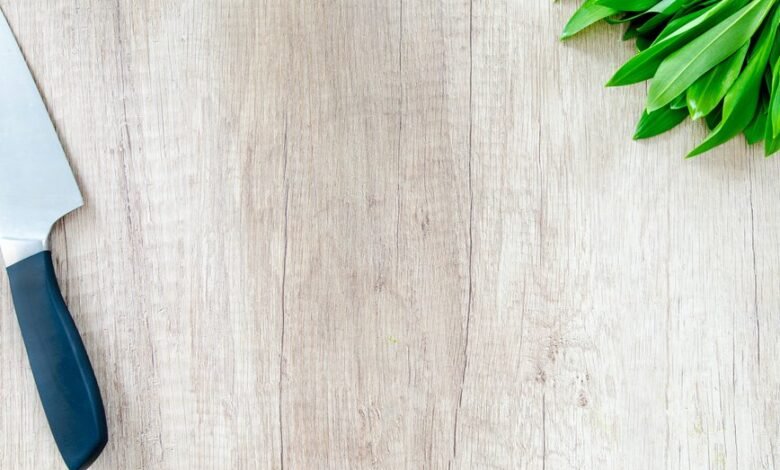Best Wood for End Grain Cutting Board : Why It’S Worth the Cost

Choosing the best wood for an end grain cutting board involves considering both functionality and aesthetics. Maple, walnut, and cherry stand out as premium options due to their durability and visual appeal. Although their higher price may deter some, the long-term benefits of these woods suggest a significant value. Understanding the nuances of each wood type can inform better purchasing decisions and enhance kitchen experiences. The implications of these choices warrant further exploration.
The Benefits of End Grain Cutting Boards
End grain cutting boards are often regarded as superior to their edge grain and flat grain counterparts for several reasons.
Their durability advantages stem from the vertical wood fibers, which minimize knife damage and prolong lifespan.
Additionally, the unique patterns of end grain boards provide an aesthetic appeal that enhances kitchen decor.
This combination of functionality and beauty makes them a preferred choice for discerning cooks.
Top Wood Choices for End Grain Cutting Boards
When selecting wood for end grain cutting boards, several species stand out due to their unique properties and performance characteristics.
Maple wood offers durability and a fine grain, while walnut wood provides a rich color and aesthetic appeal.
Cherry wood is known for its warmth, and bamboo wood is sustainable.
Teak wood and oak wood add strength and resistance, making them excellent choices for longevity.
Comparing Cost vs. Value: Why Quality Matters
Although budget considerations play a significant role in purchasing decisions, the value of high-quality wood for end grain cutting boards often outweighs the initial cost.
Investing in superior materials ensures quality durability, enhancing the board's lifespan and performance. This approach ultimately promotes cost efficiency, as fewer replacements are needed over time, making premium wood a financially sound choice for discerning consumers.
Care and Maintenance for Longevity
To ensure the longevity of an end grain cutting board, proper care and maintenance are essential components that should not be overlooked.
Effective cleaning techniques, such as using mild soap and warm water, prevent damage.
Additionally, regular oiling, typically every month, maintains the board's integrity and appearance.
Adhering to these practices significantly enhances durability and functionality, making them indispensable for conscientious users.
Conclusion
In the grand culinary theater, one might assume that a cutting board is merely a humble stage. Yet, investing in a high-quality end grain cutting board, crafted from maple, walnut, or cherry, elevates this stage to a masterpiece. The irony lies in spending more to save money in the long run—these boards resist wear and tear while enhancing kitchen aesthetics. Thus, the true cost is not in the wood itself, but in the lasting joy and functionality it brings to food preparation.





